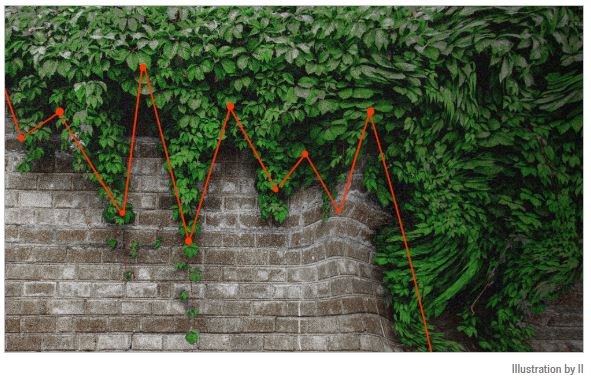Ivy League Endowments Get Failing Grades

Despite all the brainpower, the Ivies' endowments returns have lagged for the last ten years. Markov Processes International published a study showing that the eight Ivy League endowments trailed a "passive portfolio of 60 percent U.S. stocks and 40 percent bonds" from 2009 to 2018.
My take on endowments has always been that there is a lot to learn from them about portfolio construction and how to manage portfolio volatility but that actually emulating them is a bad idea.
The latest on Yale's asset allocation shows 26% allocated to absolute return, 18% to venture capital as well as allocations to other types of alternative investments with only 20% allocated to equities.
There are two things working against individuals copying something like what Yale is doing. One is that Yale has access to managers that most of us do not, this is by virtue of their name and the scale of their assets. The other reason is that over just about any longer period of time, equities are the top performing asset class. The less exposure you have to equities the more likely you are to lag.
I think that last sentence goes along way to explaining why the Ivies lagged for the last ten years. Equities, actually more like domestic equities went up a lot in the period studied and endowments tend to not go heavy in equities, at least the most widely followed ones don't.
The study also looked at the trailing 15 years and in that period, which of course included the 2008 bear market, they did collectively outperform a 60/40 indexed portfolio.
Another potential contributing factor is the extent to which the endowments are perhaps too clever by half; too smart for their own good. I believe wholeheartedly in using some alternatives to manage equity market volatility. But there is a tipping point where an equity portfolio diversified with a small allocation to alternatives becomes an alternatives portfolio diversified with a small allocation to equities. If equities are the best performing asset class over longer periods then an alternatives portfolio diversified with a small allocation to equities is very likely to lag and that is exactly what has happened. The next time there is a nasty bear market I would expect that the endowments would probably outperform but that is shorter term in nature.
One final reason not to emulate the endowments is that they have infinite time horizons, literally infinite versus individuals and so their long term planning is different than for individuals.
Disclaimer: The information, statements, views, and opinions included in this publication are based on sources (both internal and external sources) considered to be reliable, but no ...
more



You need to recognize that a fair proportion of endowment investments are made in consideration of the donations given. An individual makes a big donation and a bunch gets invested in their organization. This handy arrangement was recently taken to task by the press here in Michigan, as some of the organizations failed after the endowment fund invested in them, and the impending failure was obvious, according to the news group investigating the deals. So that is why a lot of sub-optimal investments may be happening in the iveys as well. Just a bit too cozy.